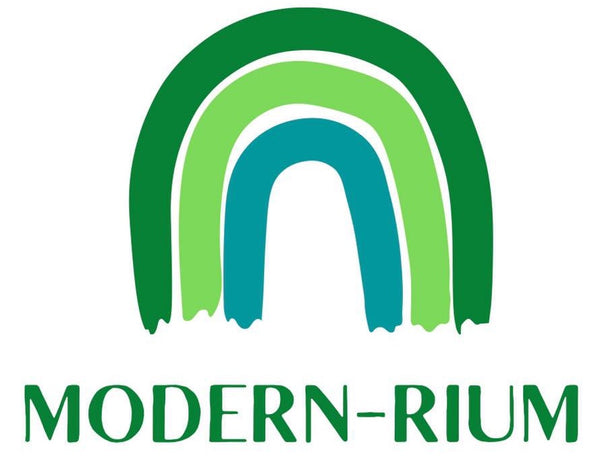
The importance of lighting for terrarium
Danny PhamShare
Proper lighting is crucial for maintaining healthy terrariums, as it directly influences plant growth and overall ecosystem balance. Understanding the specific light requirements of your terrarium plants and providing appropriate natural or artificial light sources can significantly enhance their well-being.
 An example of a closed terrarium thriving under indirect light
An example of a closed terrarium thriving under indirect light
Understanding Terrarium Light Requirements
Terrarium plants, often native to tropical rainforests, typically thrive in conditions of bright, indirect light. This mimics the dappled sunlight they receive beneath forest canopies. While some plants can tolerate lower light levels, it's essential to ensure they still receive adequate illumination to support photosynthesis and growth. Insufficient light can lead to leggy growth, faded foliage, and overall poor health.
Natural Lighting Solutions
Direct sunlight is not your closed terrarium's ally!!! For our terrarium, we would advice to avoid direct sunlight since it can not only damage the plants inside but also raise the temperature of the terrarium. When you pause to put your hand inside your terrarium, you will be surprised by the significant heat known as the "greenhouse effect," which strengthens the natural condensation process. As the plan get hotter, they start to perspire.
Artificial Lighting Solutions
When natural light is insufficient or inconsistent, artificial lighting provides a reliable alternative. Selecting the appropriate grow light involves considering factors like light intensity, spectrum, and duration.
- Light Intensity: Terrarium plants generally require moderate light levels. Using a light meter can help determine the exact intensity your plants are receiving, ensuring it aligns with their specific needs.
- Light Spectrum: Full-spectrum LED grow lights are ideal, as they mimic natural sunlight and support all stages of plant growth. These lights are energy-efficient and emit minimal heat, reducing the risk of overheating your terrarium.
- Duration: Maintaining a consistent light cycle is vital. Most terrarium in our store benefit from 8 to 10 hours of light daily, followed by a period of darkness to simulate natural day-night rhythms. Using a timer can automate this process, ensuring regularity.
When setting up artificial lighting, position the light source at an appropriate distance to prevent leaf burn while providing sufficient illumination. Adjustable fixtures or flexible arms can offer versatility, allowing you to modify the light's position as needed.
Monitoring and Adjusting Light Conditions
Regular assessment of your terrarium's lighting conditions is essential. Signs that adjustments may be necessary include:
- Insufficient Light: Indicators such as elongated stems, pale or yellowing leaves, and slowed growth suggest a need for increased light exposure.
- Excessive Light: Symptoms like scorched or bleached leaves, crispy edges, and wilting may indicate too much light or heat, necessitating reduced exposure or increased distance from the light source.
By staying attentive to your terrarium's lighting needs and making informed adjustments, you can create a thriving miniature ecosystem that brings natural beauty into your space.
 is here! Shop now, pay later in 4 easy installments
is here! Shop now, pay later in 4 easy installments










